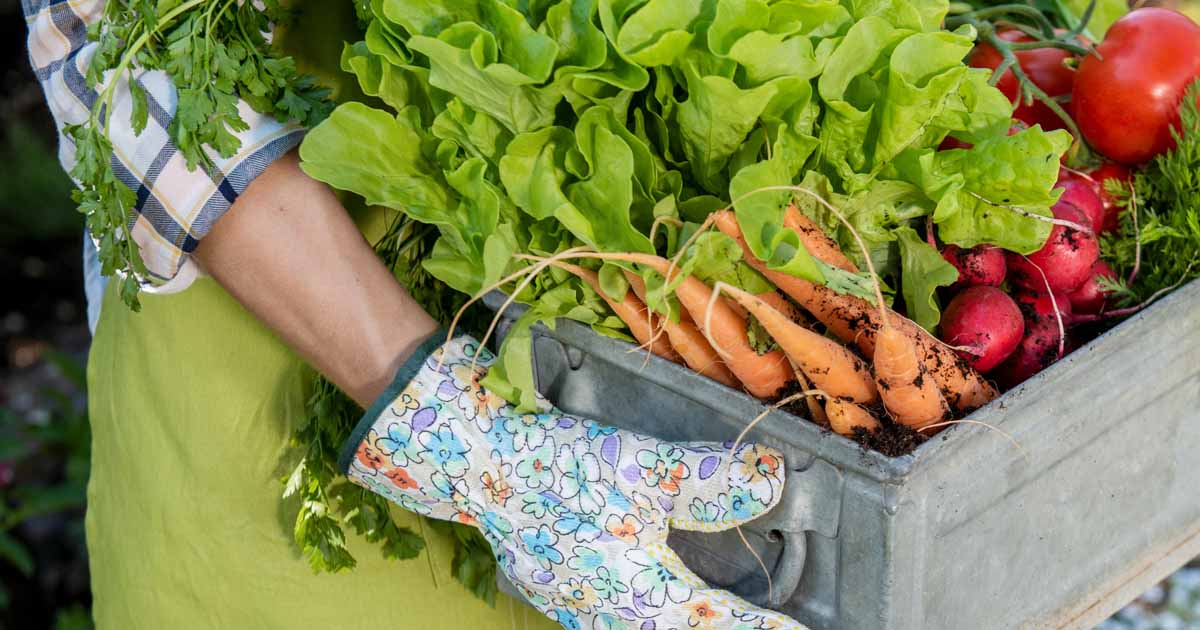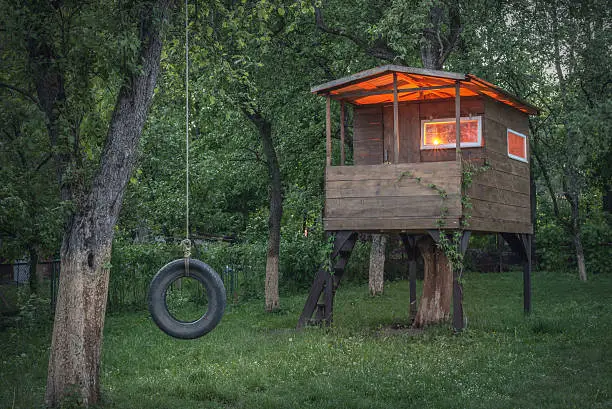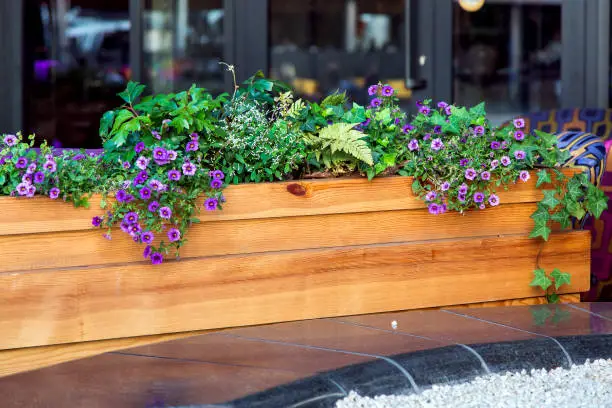Learn how to Develop Crops for a Continuous Harvest
I like gardening, however there isn’t any denying it’s arduous work, and harvest time at all times appears to return and go too rapidly!
I don’t find out about you, however I’m at all times looking out for tactics to realize an even bigger payoff.
Just a few years in the past, whereas sleuthing for tactics to maintain my backyard producing extra for longer, I found to my delight that there’s in reality an efficient technique to handle my backyard for continuous harvests all season lengthy.
What’s Succession Planting?
Succession planting is a technique of staggering propagation of crops to provide a continuous provide and lengthen the harvest season.
With just a bit forethought and creativity, you can also make the most of this technique to acquire repeated harvests of your favourite veggies from spring by means of fall!
Why Do It?
Questioning if succession planting is the proper selection to your backyard? There isn’t any denying that gardening for successive harvests can add a stage of complication to your backyard administration, and you could be asking your self whether or not it’s price it.
So what are the advantages?
You may wish to strive succession planting in case you:
- Need recent produce all season lengthy, however don’t have the time or house for processing and storing a big single harvest.
- Need to maximize house in your backyard.
- Need to lengthen your rising season for so long as potential.
- Need to reduce the chance of crops being ruined by poor climate, pests, or illness.
- Need to preserve a steady recent provide of the veggies you like!
- Need to maximize yields.
As you might need gathered, the advantages to repeated plantings are quite a few. Succession planting is a win-win for all of us, and for my part, completely definitely worth the effort!
Strategies
Planting for continuous harvest can take a little bit of planning, and may also contain a number of totally different approaches, akin to repeated plantings of the identical crop, planting totally different varieties with totally different maturity timelines, and staggering or inter-planting of various veggies in the identical house.
Nearly any crop could be a part of a succession plan. Simply be certain to decide on applicable strategies for every kind and take note of your native frost dates.
1. Identical Crop, Staggered Plantings
This technique merely includes recurrent plantings of the identical species and/or cultivars over the course of the season.
This works properly for species that are likely to have massive preliminary yields after which decelerate manufacturing, bolt, or die again fully akin to peas, arugula, or broccoli. By staggering plantings each few weeks or so over the course of the season, you’ll be able to proceed to profit from these preliminary heavy yields many times.
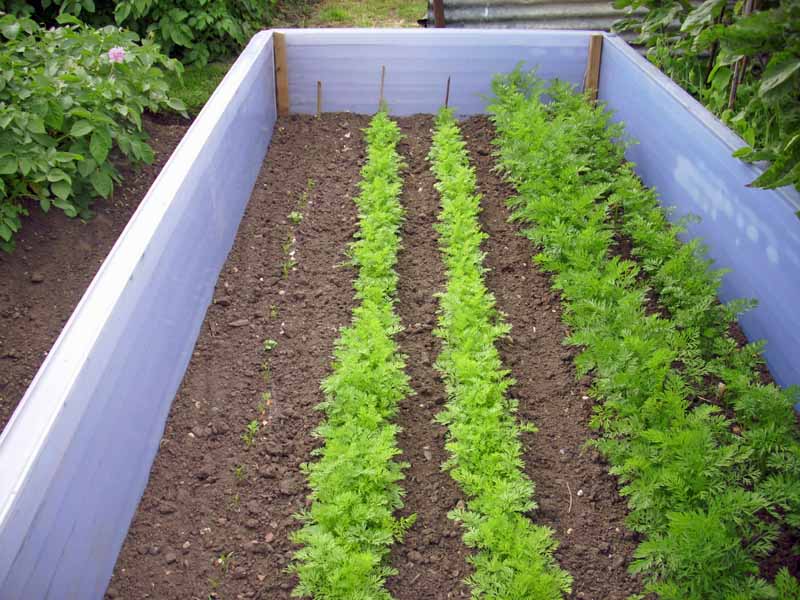
To plan for repeated plantings of a single plant kind, begin by seeding or transplanting a portion of your backyard mattress whereas leaving house within the plot for extra. Because the season goes on, you’ll be able to proceed to fill it in over time. Size between plantings varies by species and cultivar. Consult with the chart under as a information on how typically it is best to plant every selection.
As soon as a plant begins dropping steam, don’t be afraid to tug it up and replant the realm with the identical kind, or higher but rotate in numerous varieties, which is able to assist cut back nutrient depletion within the soil and stop illness.
Many crops do properly with this technique, particularly these with quick seed to reap instances or single heavy yields.
Quick season species, or crops with lower than 60-day maturity, akin to lettuce, spinach, and arugula, could be planted each few weeks till later summer season or early fall for a continued harvest. Many of those can proceed to be seeded even longer when you’ve got entry to season extension instruments akin to chilly body or hoop homes.
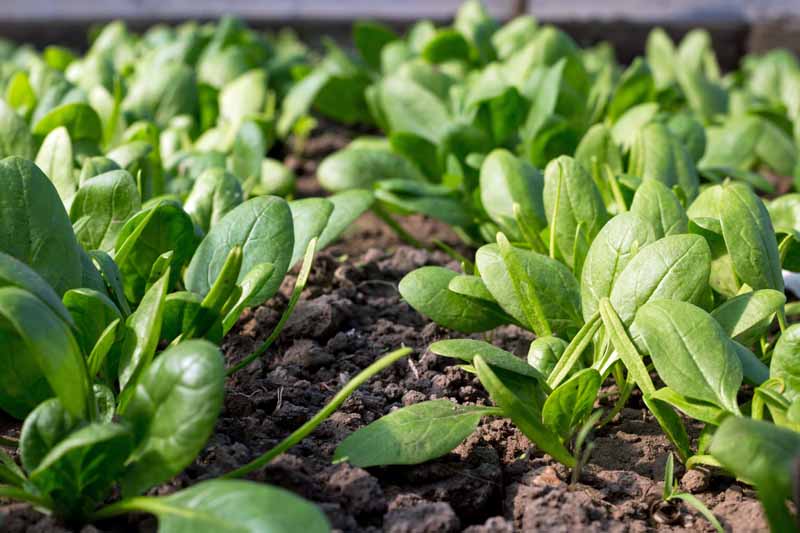
Mid and lengthy season crops, or these with 60+ day maturity, may also profit from staggered plantings over the course of the season. Corn, beans, beets, peas, summer season squash, cucumbers are examples of heavy yielding crops that do properly when planted in succession for a number of harvests.
With slower ripening varieties, simply be sure you take note of maturity timelines to keep away from planting too late within the season. To find out the most secure time to complete plantings for any crop, merely rely again the times to maturity out of your first anticipated frost date. Days to maturity or days to reap can differ by selection and is usually listed on seed packets.
2. Completely different Vegetation, Identical House
This technique includes using the identical backyard house to develop a couple of crop in succession. By composting crops as quickly as they’ve handed their prime and replanting with one thing totally different, no house within the backyard is left unutilized.

Usually, early season varieties could be planted in a mattress that’s later used for an extended maturing summer season or early fall crop, and presumably once more for a late fall crop. All kinds of mixture of plantings could be made simply so long as crops have time to mature earlier than the rising season ends.
For instance, strive planting early spring greens in a mattress that can later be used for beans. As soon as your summer season harvest dries up, strive replanting the house with kale or collard greens. As an additional benefit; legumes akin to bush beans will repair nitrogen into the soil, in order that your fall kale inherits a nutrient wealthy residence!
3. Intercropping
Intercropping or companion planting refers to planting a number of species in the identical house. Usually, this includes integrating early producing varieties with longer maturing ones and mixing crops which have totally different spatial wants.
Radishes, inexperienced onions, carrots, chard, and plenty of leafy greens can simply be planted in between slower rising crops since they’re fast to develop and don’t take up a lot house.
The three sisters technique is a Native American custom that includes planting corn, beans, and squash collectively in mounds. Along with merely saving house, this mixture has a number of added advantages for the crops concerned.
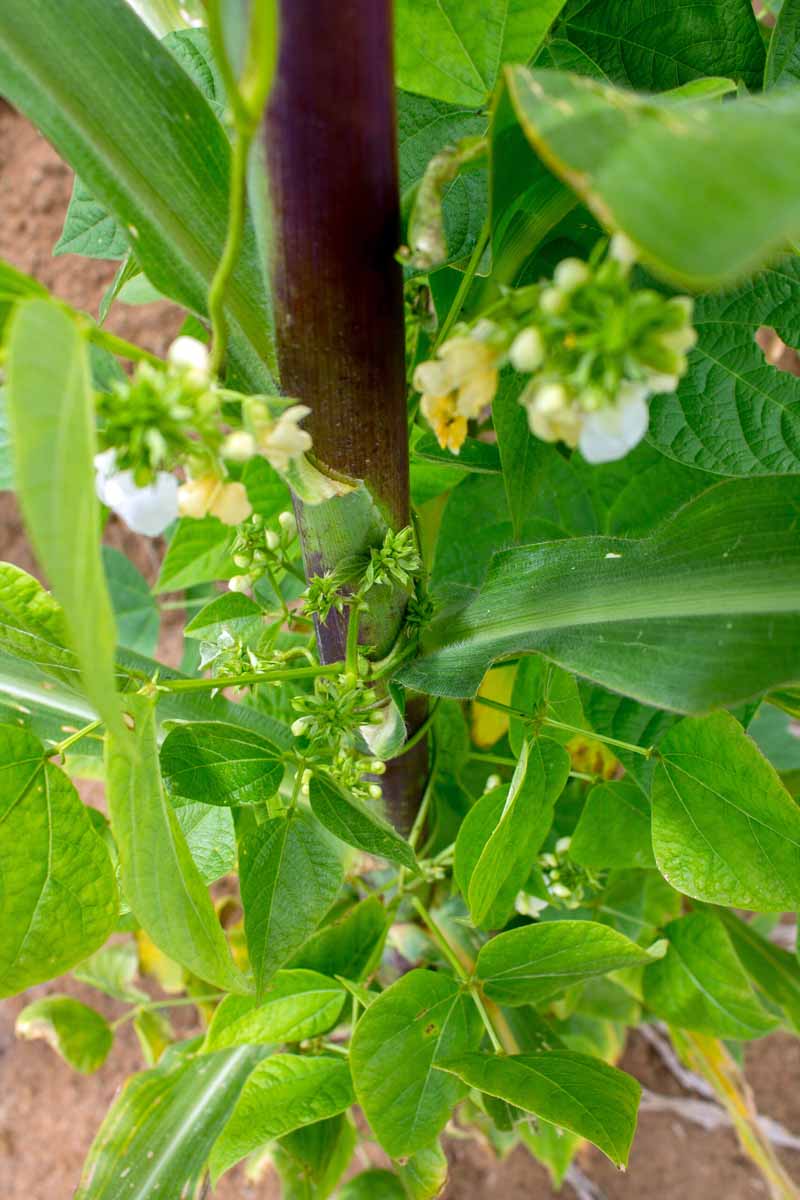
Beans repair nitrogen which improves soil fertility for nitrogen loving corn, whereas the corn offers a handy pole for the beans to climb, and the squash act as a residing mulch, shading out weeds, defending the opposite crops from pests, and protecting the soil moist and wholesome.
Radishes and carrots are additionally an awesome mixture. Each have comparable rising necessities, and the fast rising radishes will mature first, being prepared for harvest by the point slower to develop carrots require extra room to develop.
4. Identical Vegetation, A number of Varieties
When you select cultivars correctly you’ll be able to develop early, mid-season, and late-season types of the identical crop, which along with permitting an extended and extra plentiful harvest, may also present for some enjoyable variation in taste or look.
For example, in case you plant early, mid, and late season potato cultivars, you may simply have potato harvests all summer season. Early potato varieties could be very totally different in texture, colour, measurement, and style from late season potatoes.
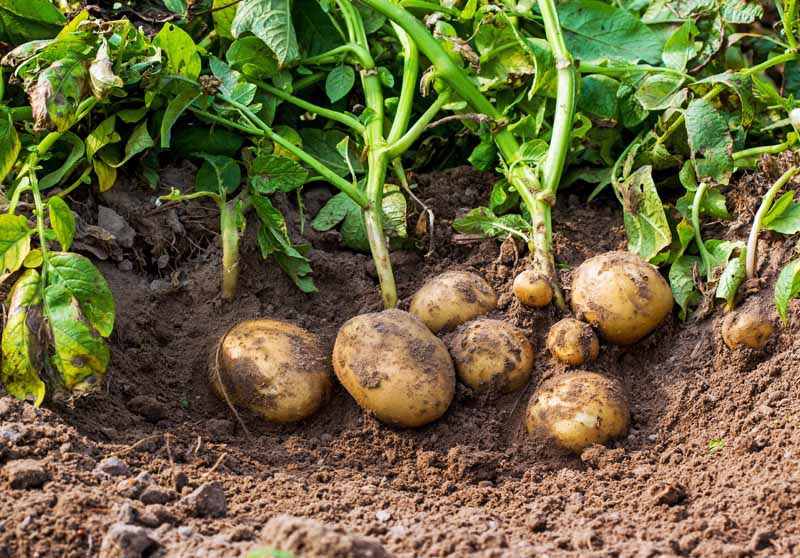
Personally, I typically have bother deciding between varieties when deciding on seeds, and this manner I’ve a helpful cause to strive a couple of!
Planting a number of strains of 1 species additionally reduces the chance that a whole crop will likely be destroyed as a result of unknown elements akin to illness, climate, or pests. You’ll be able to select varieties which have totally different illness resistance, frost tolerance, or development patterns.
By incorporating a number of varieties and maturity ranges, you’re offering additional insurance coverage that at the least one cultivar ought to succeed.
Lengthen the Season
Succession planting is usually a useful gizmo to assist lengthen the rising season. With the proper planning, you’ll be able to produce bigger yields all through the summer season, and even into fall and winter!
Use season extension strategies akin to chilly frames, mulching, or greenhouses to proceed planting longer into the autumn! Take a look at this text on Gardener’s Path for tactics to increase the harvest season.
If you’re gardening in a small house, mix succession planting with a method known as sq. foot gardening to maximise house and number of crops.
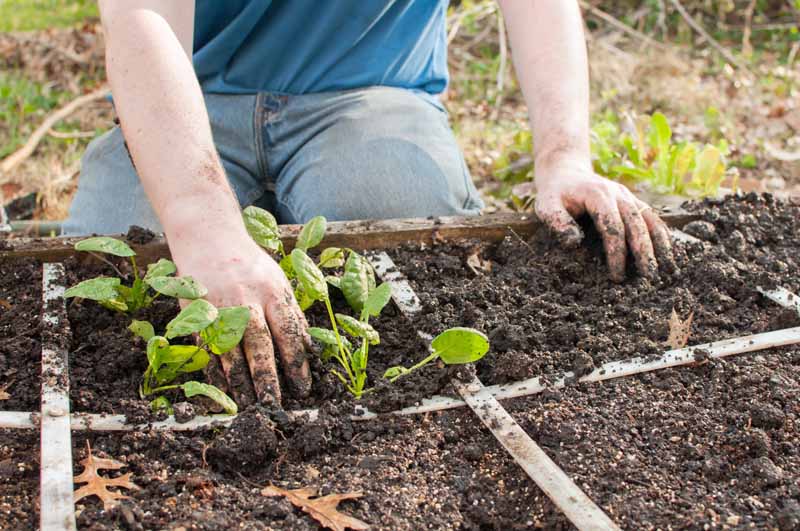
Merely divide a raised mattress into sections and plant a special form of veggie in every one. As soon as an space is harvested, you’ll be able to reseed it with totally different crops for a continuous harvest.
Study extra about sq. foot gardening right here.
Have a Clear Plan
Profitable succession planting does take a little bit of thought and preparation. I’d suggest making a backyard plan, map, or define earlier than the season begins.
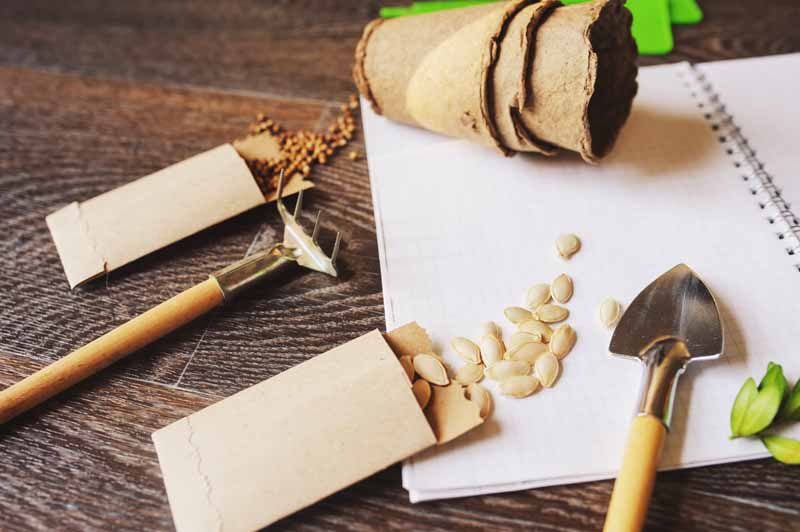
For me, the method has at all times been a lot simpler when I’ve taken time to predetermine what I wish to develop, the place I wish to develop it, and after I plan to plant it in my backyard.
Creating a top level view of timing and house can actually assist you to plan successfully. Begin by contemplating the next questions:
- How lengthy is my rising season?
- What crops do I wish to develop?
- How a lot house do every of them want?
- How lengthy does every crop take to provide meals?
With this info, you may make a format of your backyard, utilizing a calendar, journal, or a backyard planner to find out what you intend to plant, the place you intend to plant it, and when your planting dates will likely be. There are various sources out there that can assist you create a backyard format.
Use the next chart to assist information you in your planning:
Succession Planting Reference Chart
If this appears daunting and you favor to maintain it easy, simply abide by the next rule: as soon as a crop has been harvested, pull it up, compost it, and plant one thing new! That actually is the essential gist.
Suggestions and Tips
One potential disadvantage of succession gardening is overtaxing soil. As a result of you aren’t giving the soil an opportunity to relaxation and replenish vitamins, this course of could be arduous on soil.
To keep away from depleting vitamins, at all times amend with natural materials between plantings, mulch closely, and rotate crops when potential. additionally it is good follow to often go away a mattress fallow and seed with cowl crops.
Don’t replant the identical or comparable crops in areas which are experiencing pests or illness.
Pull out crops which are previous their prime to reuse the house for one thing else. Toss the eliminated crops within the compost bin to return these precious vitamins to the soil.
You may also strive composting in place, or just leaving eliminated crops to decompose immediately within the backyard mattress. If they don’t seem to be diseased, that is an environment friendly technique to recycle soil vitamins.
When you can, begin transplants in pots or flats when you are ready for house from a crop end within the backyard. By the point you’re able to plant your new crop it already has a major head begin.
Choose fast maturing varieties so you’ll be able to harvest rapidly and develop extra!

Write it down! I discover it very useful to maintain data of when and the place I plant one thing, and to make an observation in my planner reminding myself to reseed each few weeks.
Well worth the Effort?
I’m at all times in search of methods to enhance yields, improve selection, and preserve my backyard producing extra for longer! Succession planting might contain a bit of little bit of prep work, however what it takes in planning, it makes up tenfold in plentiful harvests.
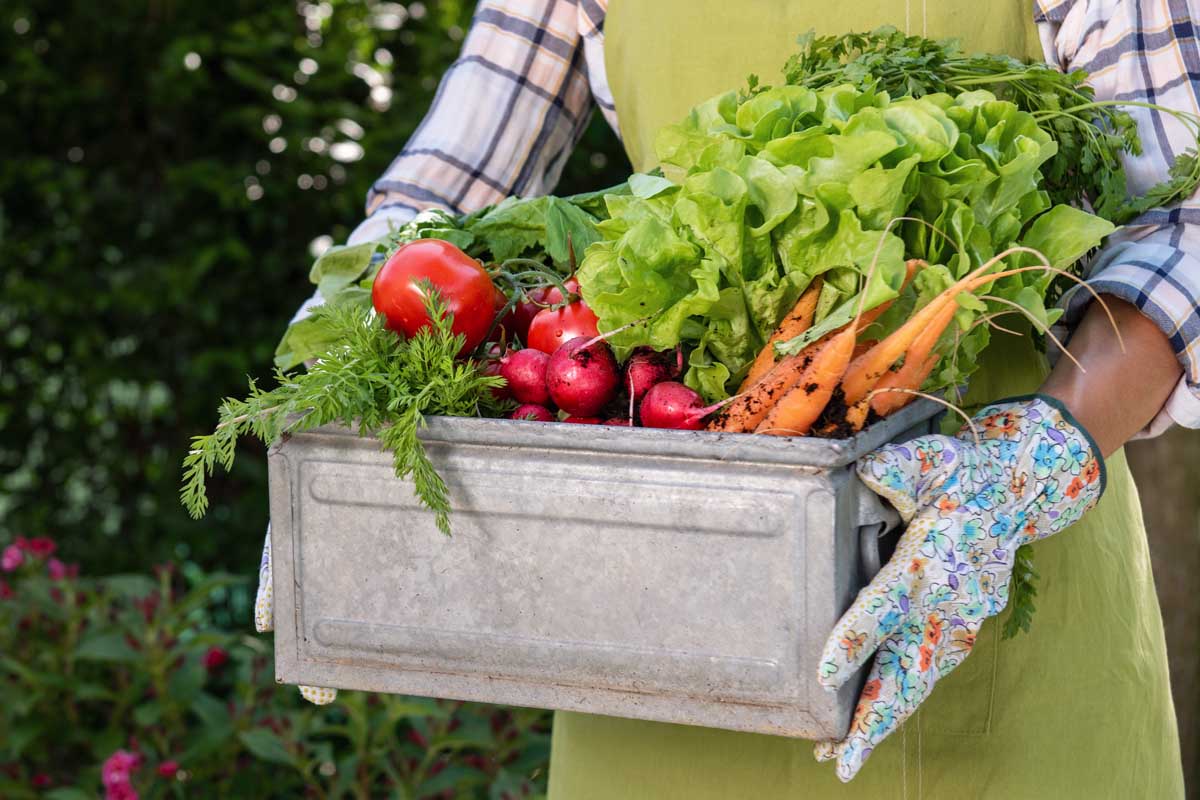
Moreover, what higher technique to spend the winter than dreaming and scheming up backyard plans for spring?
Do you will have expertise with succession planting? What ideas and methods do you will have for acquiring a continuous harvest? Share your tales within the feedback under!
And if you want extra backyard ideas and recommendation, then take a look at some extra of our well-liked guides:

